Two things petrify the general public when they think about it, the deepest parts of the ocean and outer space. However, the people behind the greatest achievements in space exploration scoffed in the face of fear.
The Miraculous Resolution of Apollo 13
Sometimes, the greatest achievements are not what you accomplish but how you manage adversity. There’s no greater example of that than the happenings surrounding Apollo 13.
Even before a calendar year passed, the U.S. wanted to return to the moon on Apollo 13. On April 11, 1970, the spacecraft soared through the sky with its crew aboard the shuttle, Fred Hayes, John Swigert, and James Lovell.
After two and a half days of smooth sailing, disaster struck when one of the oxygen tanks ruptured. What made matters worse was the rupture went undetected, even though it was faulty in a 1965 mission.
When there is a catastrophic event in space, the odds aren’t in your favor of returning to Earth in one piece. However, the fine folks at NASA spent six painstaking days conjuring up a plan utilizing the sun and the moon’s pull to safely position their makeshift lunar module for their plummet into the Pacific Ocean.
Let’s Play Two: The Reusable Spacecraft
Two years after Apollo 13, NASA shifted its attention to reusable spacecraft. Until then, each spacecraft could only take one flight, which was costly and unsustainable. A reusable spacecraft would save money for the indefinite missions it could go on.
Designing the spacecraft was the biggest obstacle to climb because most of the equipment on previous missions would disintegrate upon re-entry. But if the big brains at NASA could bring the crew from Apollo 13 home, surely they could figure out this conundrum. With ceramic tiles and custom-made sheet metal for aerospace that would absorb the heat effectively, the reusable spacecraft, Columbia, ascended toward the Cosmos in 1981. The space shuttle program’s 30-year history saw Columbia, Challenger, Discovery, Atlantis, and Endeavour take flight.
Curiosity Rover
Maybe because of The Twilight Zone or War of the Worlds, we earthlings have a vested interest in what’s happening on Mars. So, we rightfully geeked out when Curiosity Rover touched ground on the red planet 140 million miles away.
The appropriately named Curiosity Rover came from the Mars Science Laboratory at a price tag of $2.5 billion. The probe used plutonium to cruise through Mars’s periods of darkness and dust storms to relay critical information about Earth’s second-closest neighbor.
Famous Firsts
No one remembers the second, sixth, or tenth person to do something, but we always remember the first. During the Space Race between the U.S. and Russia, the two sides always wanted to outdo the other. When the Soviets put Yuri Gagarin in space, they earned the proud distinction of having the first human in space, whereas the first American was Alan Shepard.
It only took 20 days for President John F. Kennedy to proclaim that they may have lost the battle of the first person to orbit the planet, but they were going to win the war by landing on the moon. The first Apollo mission was a cataclysmic disaster, as all three onboard died in a fire on the launch pad. It took nine other missions to feel confident that Neil Armstrong, Michael Collins, and Buzz Aldrin could take their giant steps for mankind.
Who knows what we have in store for us in the future, but regardless of what we do or find, these will remain the greatest achievements in space exploration.

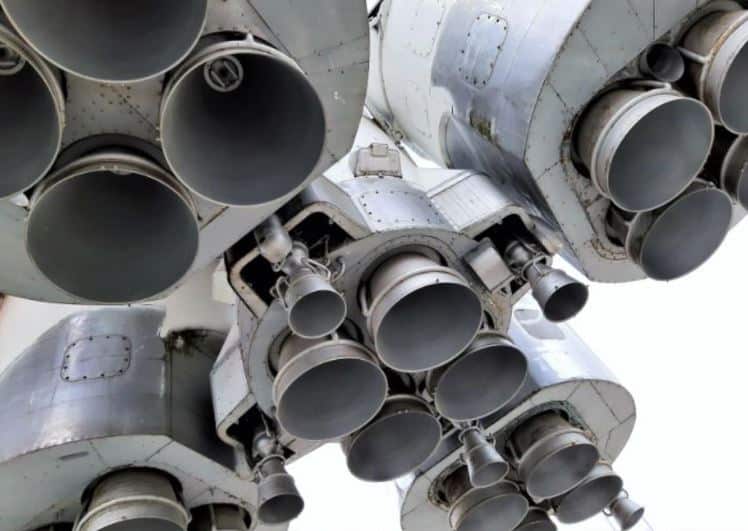
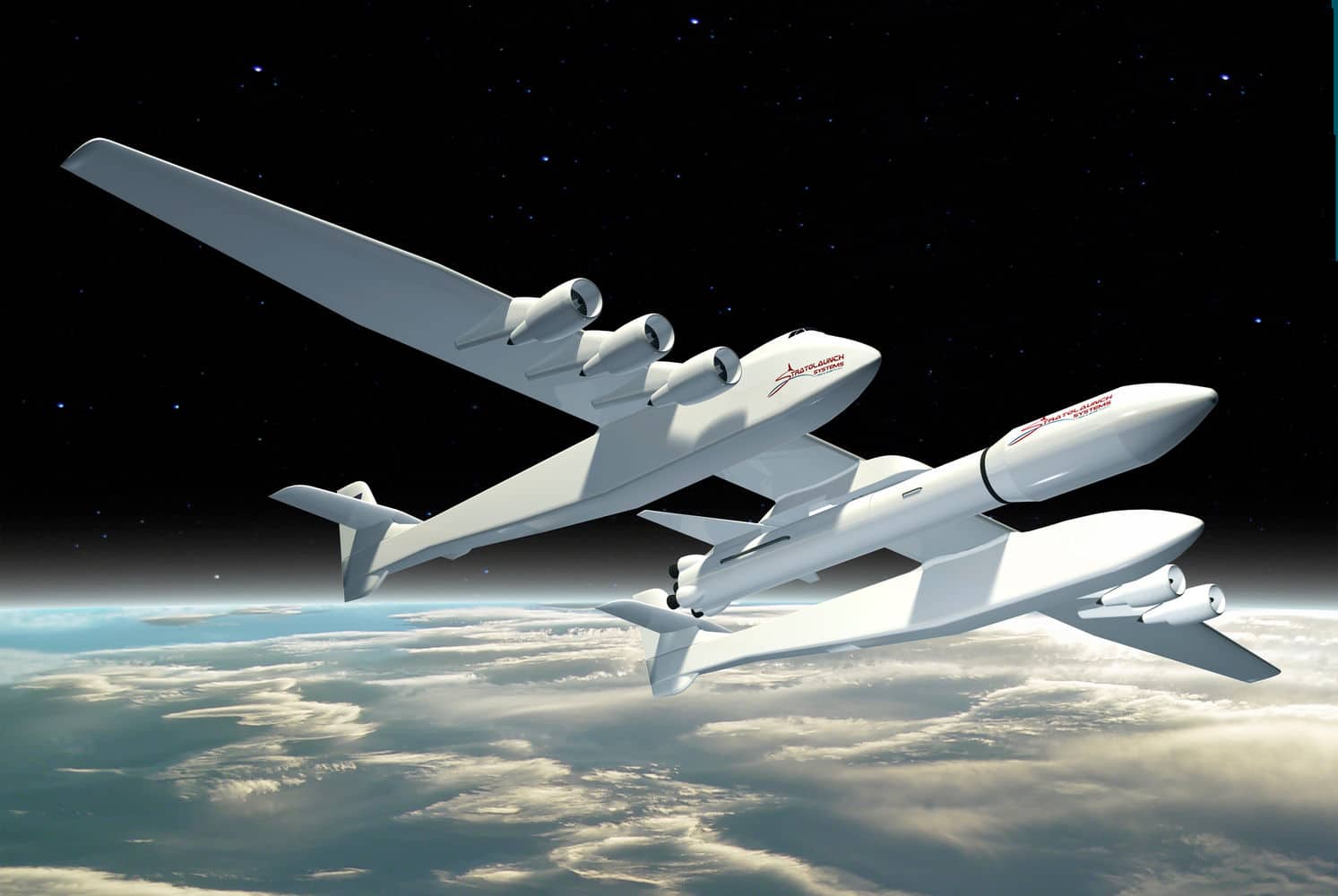





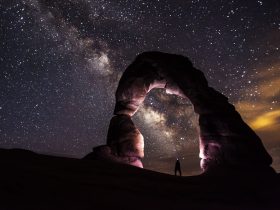
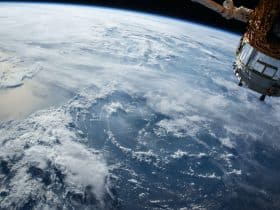
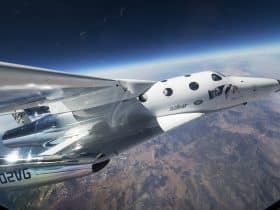
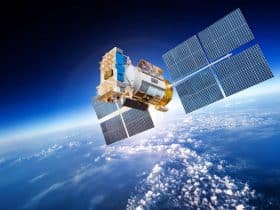
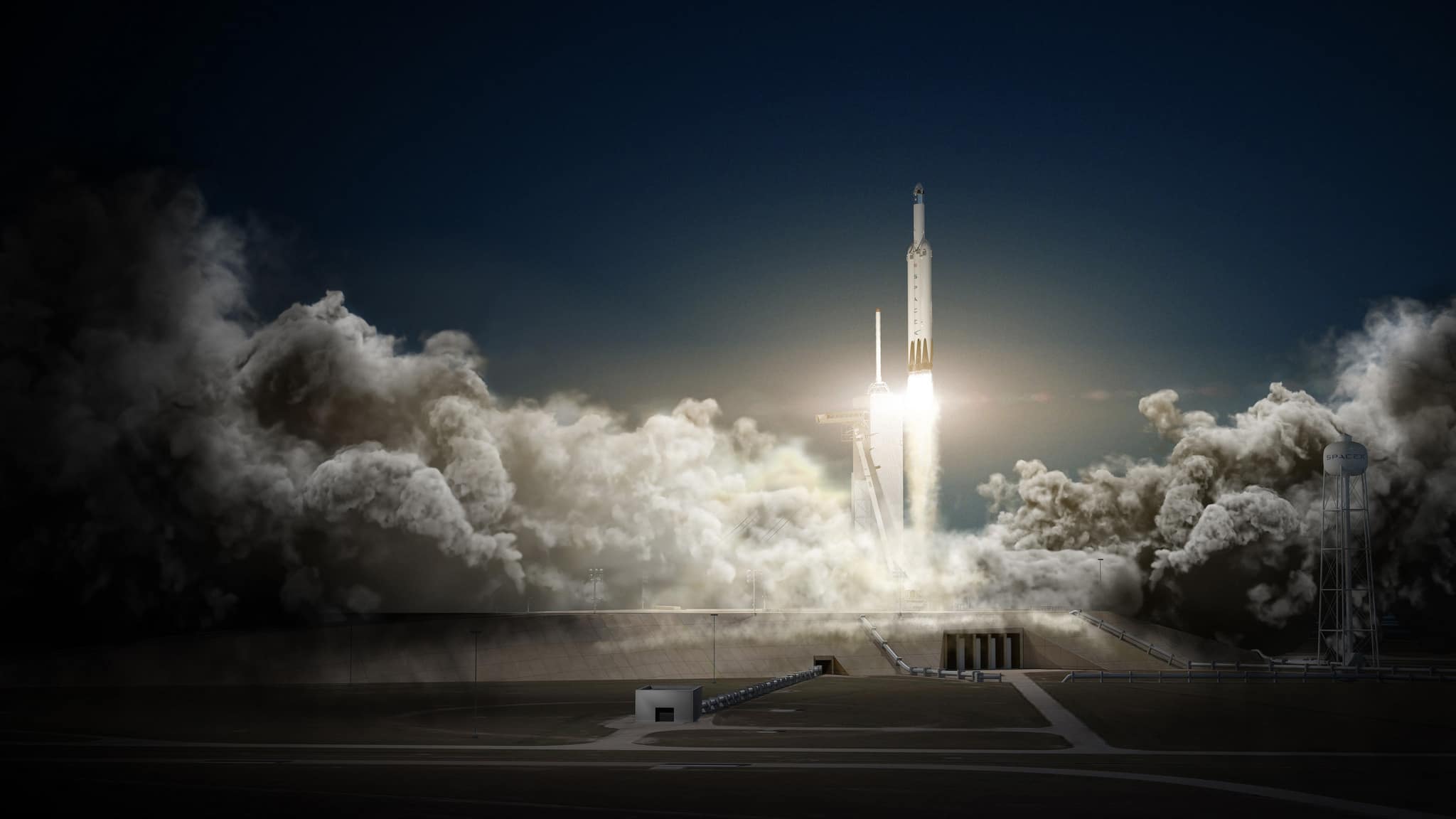

Leave a Reply